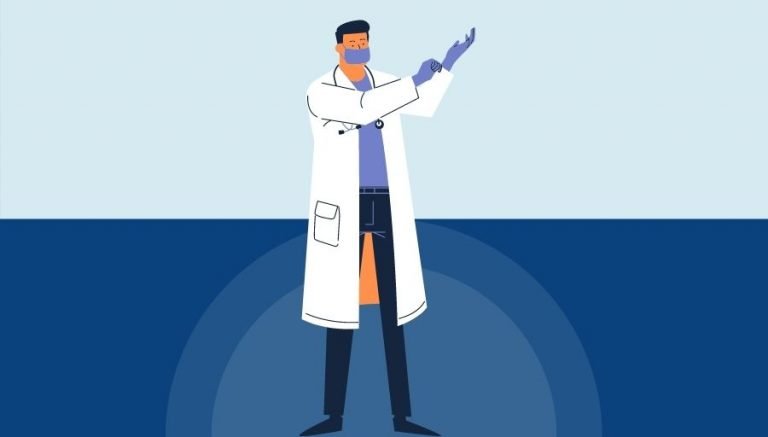How To Use CPT Code 48520
CPT 48520 describes the internal anastomosis of a pancreatic cyst to the gastrointestinal tract, specifically the small intestine. This article will cover the description, procedure, qualifying circumstances, appropriate usage, documentation requirements, billing guidelines, historical information and billing examples.
1. What is CPT Code 48520?
CPT 48520 can be used to describe the surgical procedure in which a connection is created between a cyst in the pancreas and the gastrointestinal tract, specifically the small intestine. This procedure allows for the internal drainage of the cyst’s contents, reducing pain and preventing complications such as internal bleeding.
2. Official Description
The official description of CPT code 48520 is: ‘Internal anastomosis of pancreatic cyst to gastrointestinal tract; direct.’
3. Procedure
- The provider begins by making an upper midline incision in the abdomen and dissecting down to the pancreas.
- After identifying the cyst, the provider incises it and removes the material inside.
- An appropriate part of the small intestine is identified for anastomosis to the cyst.
- The provider makes an incision in the chosen location of the small intestine and sutures the walls of the cyst to the digestive organ, allowing for continuous drainage.
- The area is irrigated, checked for bleeding, and any instruments are removed before closing the incision.
4. Qualifying circumstances
CPT 48520 is performed on patients with a pancreatic cyst that requires internal drainage. The procedure is typically done to alleviate pain and prevent complications. It is important to note that this procedure is performed by a qualified healthcare provider and involves the anastomosis of the cyst to the gastrointestinal tract, specifically the small intestine.
5. When to use CPT code 48520
CPT code 48520 should be used when the provider performs the internal anastomosis of a pancreatic cyst to the gastrointestinal tract, specifically the small intestine. It is important to accurately document the details of the procedure to support the use of this code.
6. Documentation requirements
To support a claim for CPT 48520, the healthcare provider must document the following information:
- Patient’s diagnosis and the need for internal drainage of the pancreatic cyst
- Details of the procedure, including the location of the incision and the anastomosis site
- Any complications or additional procedures performed
- Signature of the healthcare provider performing the procedure
7. Billing guidelines
When billing for CPT 48520, ensure that the procedure meets the criteria outlined in the official description. It is important to accurately document the details of the procedure to support the use of this code. Additionally, be aware of any specific billing guidelines or modifiers that may be required by the payer.
8. Historical information
CPT 48520 was added to the Current Procedural Terminology system on January 1, 1990. The code has undergone no updates since its addition. However, it is important to stay updated with any changes or revisions that may occur in the future.
9. Examples
- A surgeon performs an internal anastomosis of a pancreatic cyst to the small intestine to provide drainage and alleviate pain for a patient.
- A gastroenterologist performs the procedure to prevent complications from a pancreatic cyst, connecting it to the gastrointestinal tract.
- A surgical team performs an internal anastomosis of a large pancreatic cyst to the small intestine, ensuring continuous drainage and reducing the risk of internal bleeding.
- A patient with a pancreatic cyst undergoes the procedure to improve their quality of life and manage their symptoms.
- A healthcare provider performs the internal anastomosis of a pancreatic cyst to the small intestine, providing relief and preventing further complications.
- Provide four more examples of cases in which CPT code 48520 should be billed. Only explain the examples and make them all original.


